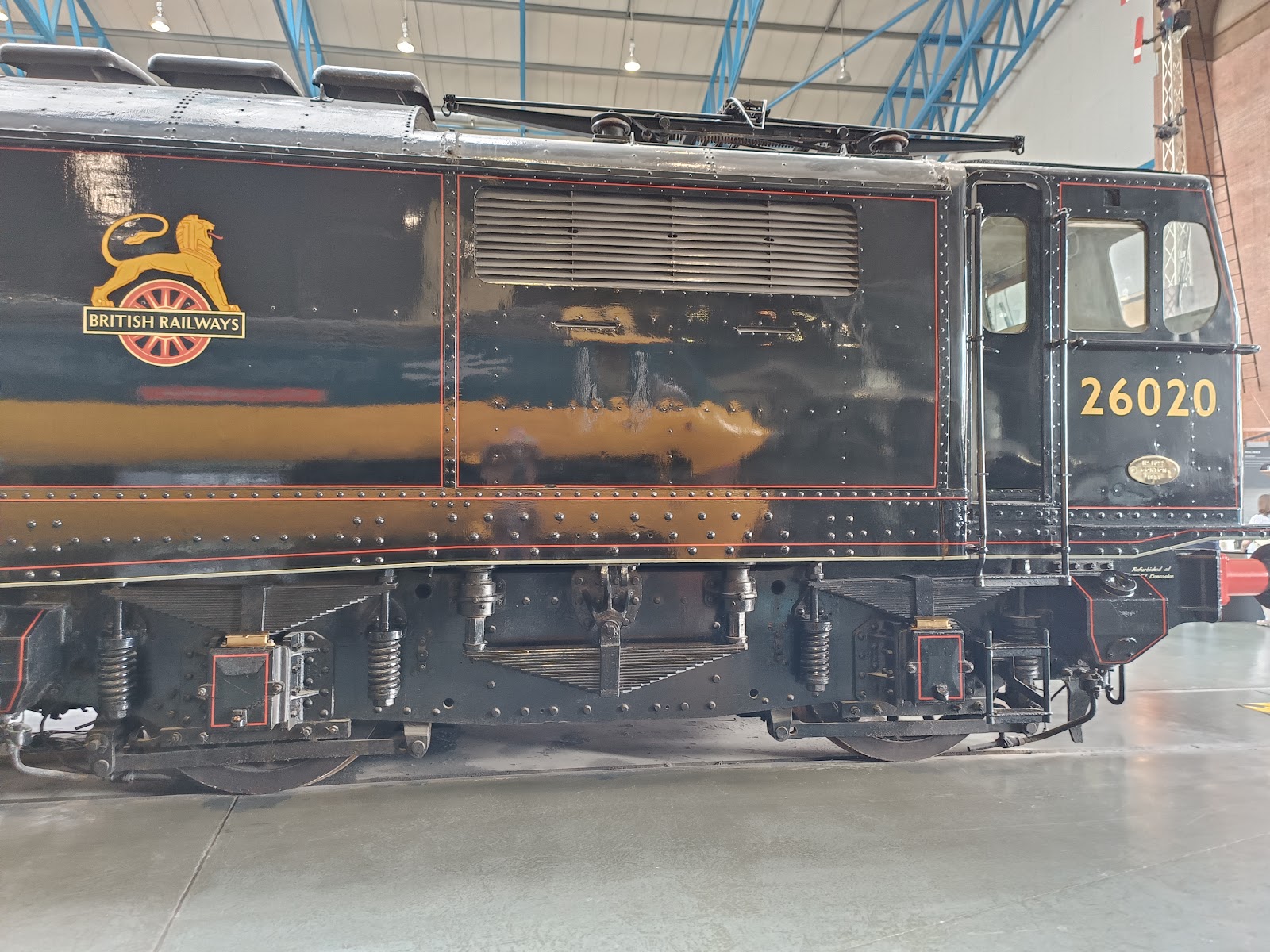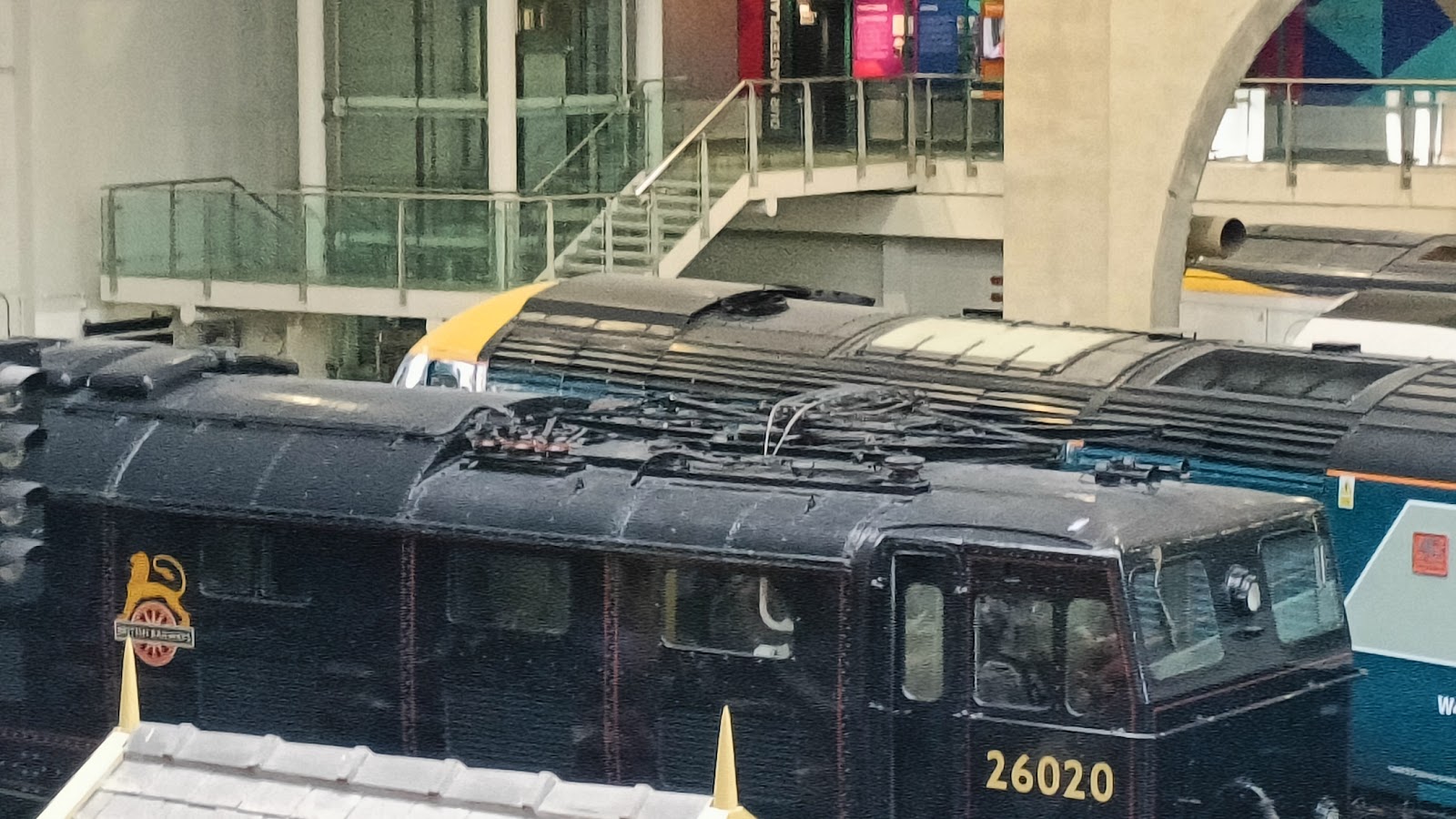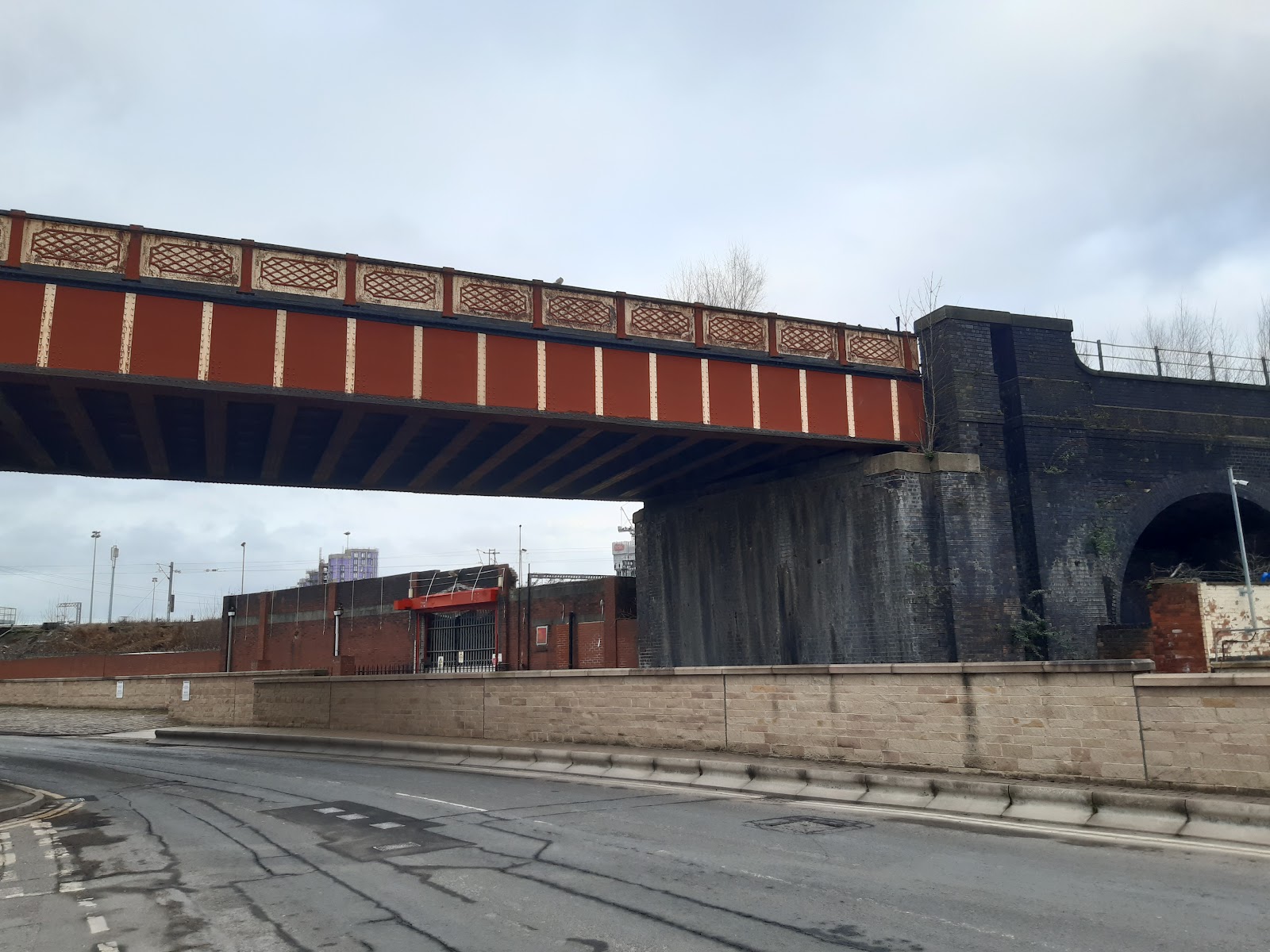Class 76 (EM1)
I find early electric locomotives fascinating, I think because they are often so quirky in their appearance. This may be because the later classes 81 to 86, and to a degree 87 all look so similar, but also there is a sense that electric vehicles are very modern, and the fact that some electric locomotives were around at the end of the nineteenth century just feels bizarre.
The class 76 is not that old by a long way, but it was originally designed by the LNER before WW2. A prototype, later called Tommy, was built in 1941, but the revised production model was built between 1950 and 1953. The larger, but similar class 77 (EM2) was built from 1953 to 1954, but all seven of them were with drawn in 1968, and sold to Ditch railways in 1969.
They were built for the Woodhead line, running between Wath and Sheffield, across the Pennines to Manchester. The LNER plan was to run them into Manchester Central, but with nationalisation, it made more sense to use Manchester London Road (now Piccadilly), and I think they used the two platforms on the east side, 1 and 2.
They used 1500 DC, and BR later adopted 25k AC as standard (in common with most other countries), and so were quickly out-of-date. The closure of the Woodhead line in 1981 meant the end of the class 76.
The class 76 has couplings on and between the bogies (the class 77 did not). The idea was that the weight of the train was only on the bogies, rather than via the body, which makes a lot of sense, but apparently led to rough riding. The bogies are long compared to the body, something that will not be reproduced in my model, as I intend to use a Hymek chassis!
Only one class 76 remains in a whole state, number 26020, later 76020, at the National railway Museum, York. This was the loco that had been displayed at the Festival of Britain, and pulled the first train through the Woodhead tunnel.
I visited the museum with the aim of getting photos for making a model. The loco is next to the cafe.
The strange lines along the side in this image are reflects of the HST that was stood beside it.
The main reason for an actual visit is for images of the roof, which were hard to find on the internet. The view from the galley at the side.
The footbridge gives a better angle, but the four-aspect signal gets in the way.
I took a friend along with a piece of card 12" long, to get an idea of scale.











Comments
Post a Comment